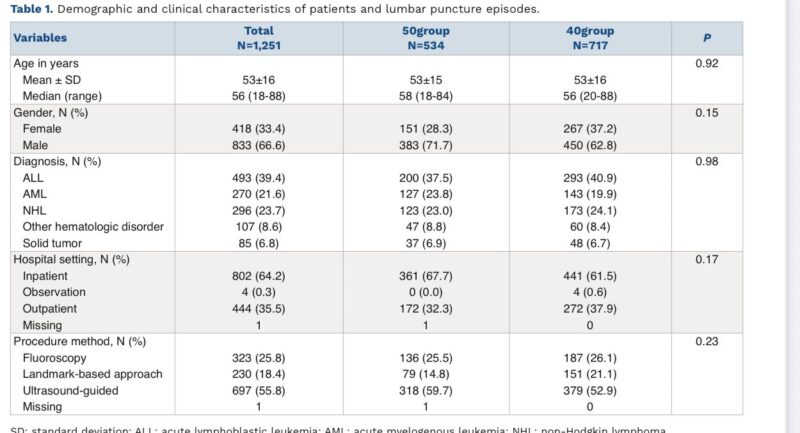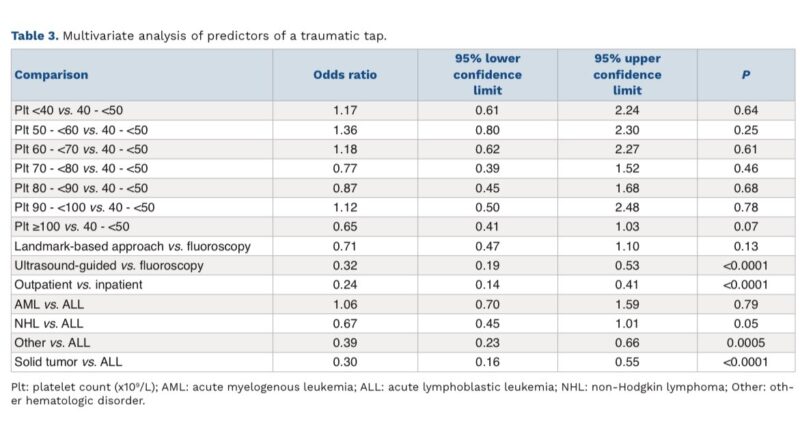
Al-Ola A Abdallah: Reducing Platelet Transfusion Threshold Before LP in Hematologic Malignancy Patients
Al-Ola A Abdallah, Associate Professor and Plasma Cell Disorder Program Director of the Division of HMCT at the University of Kansas Medical Center, shared a post on X:
“Reducing Platelet Transfusion Threshold Before LP in Hematologic Malignancy Patients:
A new retrospective study by Froedtert AND Medical CollegeW sheds light on reducing platelet transfusion thresholds before lumbar puncture (LP) in adult oncology patients.
Let’s break it down.

The study lowered the transfusion threshold from 50 → 40 x10³/µL and reviewed 1,251 LPs. Result? 33% fewer platelet units per procedure, no rise in major bleeding events. Efficient and safe.
Current guidelines vary:
- US (AABB): 50×10³/µL
- UK: 40×10³/µL
…but these are mostly expert opinion-based. Data like this study could shift that.

Platelet transfusions aren’t harmless:
- Transfusion reactions
- Alloimmunization
- Infection risk
- Delays and increased costs Reducing unnecessary transfusions is a patient safety + resource issue.
Findings:
- Hemorrhagic complications were rare (0.32%)
- No statistically significant increase in bleeding at 40×10³/µL
- Traumatic tap rates unchanged (~46%) between 50 group and 40 group

4 hemorrhagic events:
- 1 at 165×10³/µL (!)
- 3 in the 40group (including 331×10³/µL and 33×10³/µL)
Some were on TKIs like ponatinib/dasatinib, which impair platelet function. Count isn’t the whole story.
Other factors that mattered:
- Inpatients had higher traumatic tap rates
- Ultrasound guidance significantly reduced them vs fluoroscopy
Technique matters, not just platelet count.
Echoes prior retrospective studies: Lower thresholds don’t increase serious bleeds. But we still need RCTs to solidify guidance.
Bottom line:
- Lowering to 40×10³/µL is likely safe for most adult oncology patients.
- Saves platelets.
- Lowers costs.
- No rise in traumatic taps or bleeding.
Institutions may consider adopting lower thresholds with safeguards:
- Procedural guidance (e.g. ultrasound)
- Careful review of meds like TKIs
- INR <1.5
- Avoid concurrent antiplatelet/anticoagulants”
More posts featuring Al-Ola A Abdallah on OncoDaily.
-
Challenging the Status Quo in Colorectal Cancer 2024
December 6-8, 2024
-
ESMO 2024 Congress
September 13-17, 2024
-
ASCO Annual Meeting
May 30 - June 4, 2024
-
Yvonne Award 2024
May 31, 2024
-
OncoThon 2024, Online
Feb. 15, 2024
-
Global Summit on War & Cancer 2023, Online
Dec. 14-16, 2023
